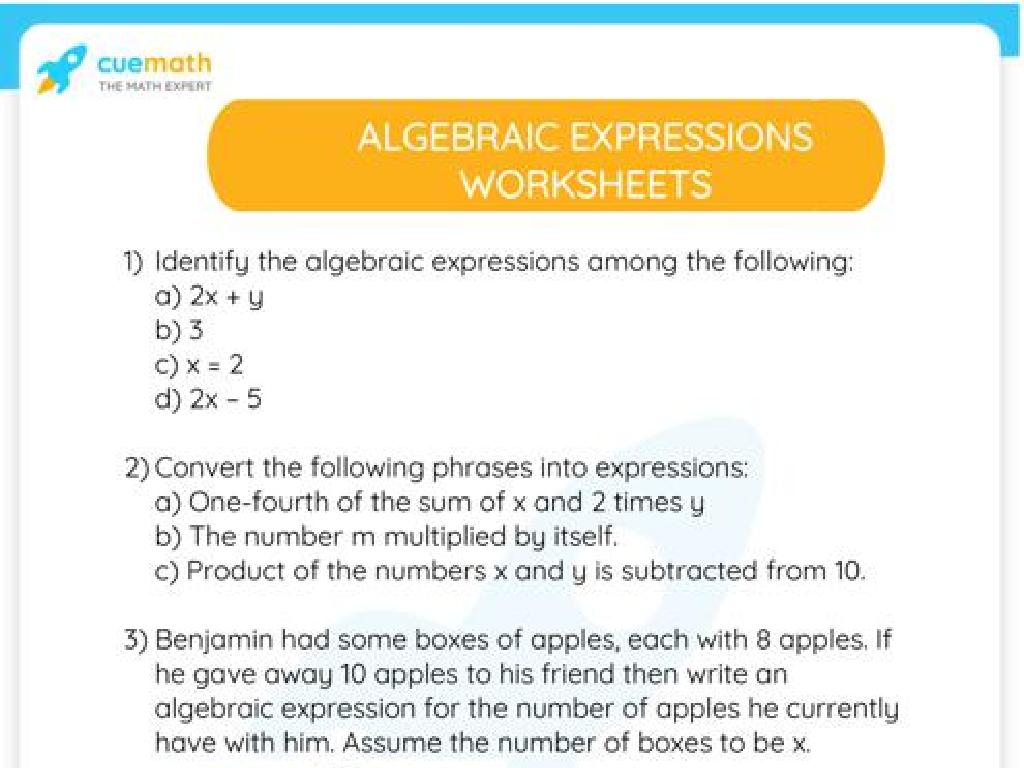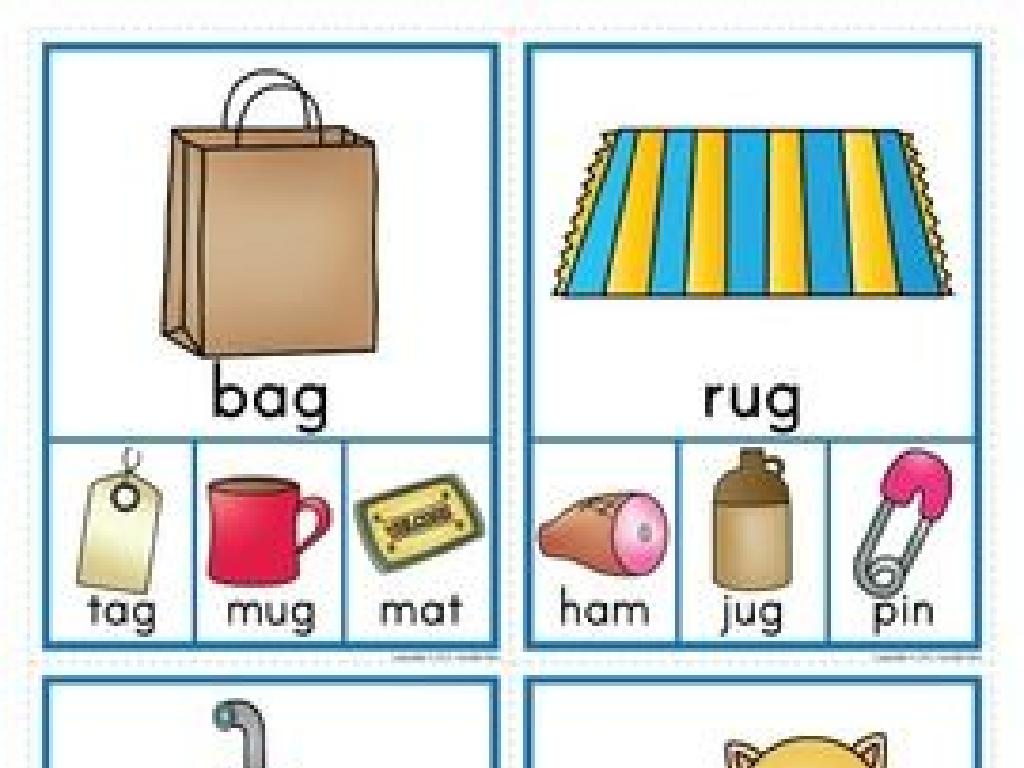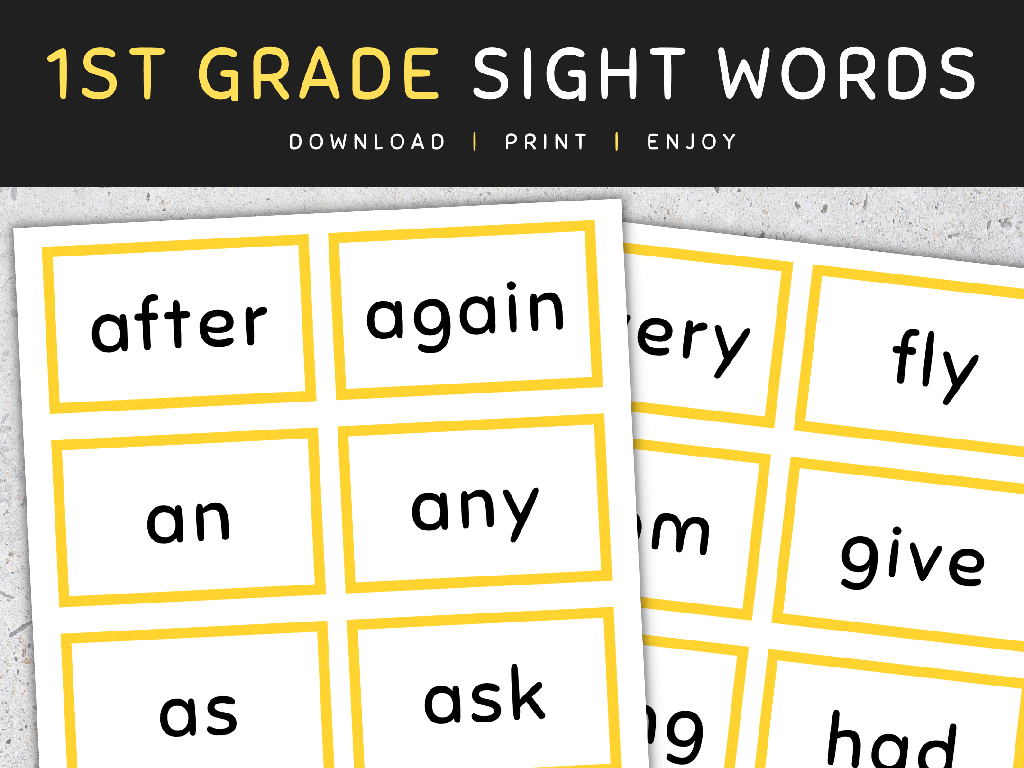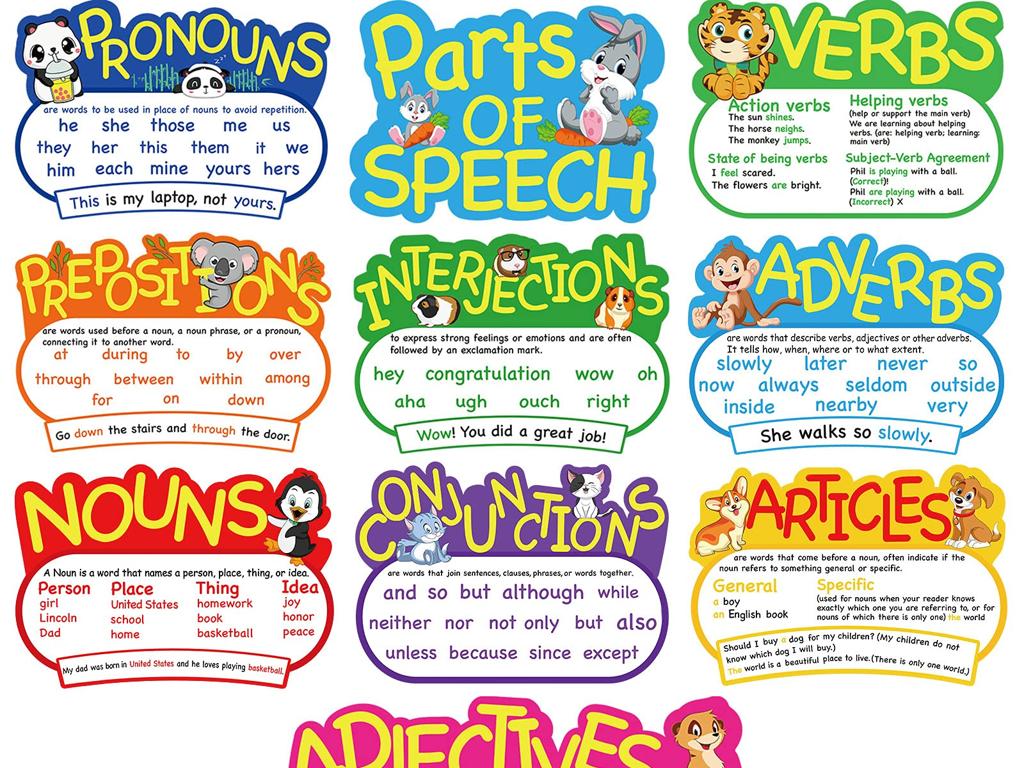Match Causes And Effects In Informational Texts
Subject: Language arts
Grade: Seventh grade
Topic: Text Structure
Please LOG IN to download the presentation. Access is available to registered users only.
View More Content
Understanding Cause and Effect in Texts
– Explore text structure organization
– Focus on causes and effects
– Causes are ‘why’ something happens; effects are ‘what’ happens
– Learn to match cause with effect
– Use signal words like ‘because’, ‘therefore’, ‘as a result’ to connect them
– Grasp the importance of this skill
– Recognizing these relationships improves comprehension and critical thinking
|
Today’s lesson is centered on understanding how information is structured in texts, with a particular emphasis on identifying and matching causes and effects. This skill is crucial as it allows students to comprehend the reasoning behind events and the outcomes that follow. By the end of the lesson, students should be able to recognize signal words and phrases that indicate cause and effect, and use these cues to match them correctly in informational texts. This will not only enhance their reading comprehension but also their ability to analyze and discuss complex concepts. Encourage students to think of real-life examples where a cause leads to an effect to make the concept more relatable.
Understanding Cause and Effect in Texts
– Define ‘Cause’ and ‘Effect’
– ‘Cause’ is why something happens; ‘Effect’ is what happens.
– Everyday examples of Cause and Effect
– Missing the bus (cause) leads to being late (effect).
– Identifying Cause and Effect in Texts
– Look for signal words like ‘because’, ‘therefore’, ‘as a result’.
– Practice spotting Cause and Effect
|
This slide introduces the concept of cause and effect, a key component of text structure in informational texts. Start by defining ’cause’ as the reason something happens and ‘effect’ as the outcome or result of the cause. Provide relatable examples such as everyday occurrences that students can easily understand. Teach students how to identify cause and effect in texts by looking for signal words and phrases that typically indicate causality. Encourage students to practice this skill by examining sentences and paragraphs in class, and by finding their own examples in reading materials. This will help them to better comprehend and analyze informational texts.
Signal Words in Cause and Effect
– Understanding signal words
– Examples of signal words
– Words that indicate reasons or outcomes
– ‘Because’, ‘Therefore’, ‘As a result’
– ‘Due to’ indicates a cause, while ‘therefore’ points to an effect
– Practice with sentences
– Find and highlight signal words in given sentences
|
This slide introduces students to the concept of signal words, which are crucial for identifying cause and effect relationships in texts. Understanding these words helps students to better analyze and comprehend informational texts. Start by explaining what signal words are and how they function to indicate causes and effects. Provide clear examples of these words in use, such as ‘because’ to introduce a reason, and ‘therefore’ to introduce a result. Engage the class with practice exercises where they identify these words within the context of sentences. This activity will reinforce their learning and prepare them for more complex text analysis. Encourage students to share sentences they find challenging and discuss them as a class.
Analyzing Texts for Cause and Effect
– Read a short text as a class
– Identify cause and effect
– What event led to another? Note these instances.
– Discuss the role of signal words
– Words like ‘because’, ‘therefore’, and ‘as a result’ give clues.
– Understand the text structure
|
This slide is aimed at teaching students how to analyze texts for cause and effect, a key component of understanding text structure. Start by reading a short, age-appropriate text together as a class. Then, guide students to identify specific instances where a cause leads to an effect within the text. Highlight how signal words or phrases can indicate these relationships, making it easier to understand the author’s intent. Discussing these elements will help students to better comprehend and analyze informational texts. Encourage students to ask questions and provide examples from the text to ensure a clear understanding of the concept.
Cause and Effect in Action: The Domino Effect
– Understanding the Domino Effect
– A single event causing a chain of events, like falling dominos
– Observing action-reaction chains
– Each action has a reaction that follows
– Analyzing real-world examples
– Discuss examples like natural disasters or historical events
– Engaging in group discussions
|
This slide aims to illustrate the concept of cause and effect through the metaphor of the Domino Effect, where one event sets off a chain reaction. Begin by explaining how in a line of dominos, one toppled piece can cause the entire line to fall, serving as a visual representation of cause and effect. Then, encourage students to observe this phenomenon in real-world scenarios, such as the consequences of a natural disaster or the chain of events in a historical context. The group discussion should focus on identifying the initial cause and the subsequent effects in the given example. This activity will help students understand the interconnectedness of events and improve their ability to analyze informational texts.
Your Turn: Cause and Effect Matching
– Match causes to effects
– Pair up for the exercise
– Discuss and complete together
– Help each other understand the connections
– Share findings with the class
– Be ready to explain how you matched them
|
This slide introduces an interactive class activity focused on matching causes with their effects in informational texts. Students are to work in pairs, which encourages collaboration and discussion, enhancing their understanding of the text structure. The activity will help students practice identifying cause and effect relationships, a key component in comprehending and analyzing informational texts. After completing the exercise, each pair will share their answers with the class, providing an opportunity for peer learning and for the teacher to address any misconceptions. Possible variations of the activity could include matching exercises with different complexity levels, using real-life scenarios to create cause and effect chains, or even creating a game where students find matches in a timed challenge.
Class Activity: Crafting Cause and Effect
– Choose an event and its cause
– Determine the event’s effects
– Write your cause and effect
Use clear, concise language to explain your thoughts.
– Present to the class
Be prepared to discuss how you linked the cause to its effects.
|
This activity is designed to help students understand the relationship between cause and effect in informational texts. Students will select an event, identify the cause, and then determine the effects that follow. They should write down their cause and effect in clear terms, practicing their ability to articulate these relationships. When presenting to the class, encourage students to explain their reasoning process. For the teacher: prepare to guide students who may struggle with differentiating between cause and effect. Offer examples such as natural disasters (cause) and their impact on the environment and communities (effect), or historical events and their lasting influences. This will help students with their own examples. Have at least four different scenarios ready for students who may need a starting point.
Review and Reflect: Cause and Effect
– Recap of cause and effect
– Reviewed how events are linked by causes and effects.
– Significance in reading comprehension
– Understanding these relationships improves analytical reading skills.
– Applying knowledge to various texts
– Use this concept to dissect complex information in other subjects.
– Encouraging critical thinking
|
Today’s lesson focused on identifying and understanding the relationship between cause and effect in texts. This concept is crucial as it enhances students’ ability to comprehend and analyze reading materials by recognizing how events influence one another. Understanding cause and effect also aids in building a foundation for critical thinking, which is applicable across all subjects and essential for academic success. Encourage students to apply this knowledge when reading different genres and subjects, asking them to point out cause and effect relationships and discuss their significance in the context of the text.
Homework: Causes and Effects in Texts
– Find an article or story
– Note down causes and effects
– Look for ‘because’, ‘due to’, ‘as a result’, and other key phrases
– Reflect on the relationships
– How do causes lead to effects in the story?
– Get ready for class discussion
|
This homework assignment is designed to help students practice identifying cause and effect relationships in informational texts, which is a key component of understanding text structure. Students should find a piece of writing that interests them, which will make the exercise more engaging. As they read, they should take notes on instances where a cause leads to an effect, paying special attention to signal words and phrases that often indicate these relationships. Encourage them to think critically about how different events are connected. In the next class, there will be a discussion where students can share their findings, compare different texts, and deepen their understanding of how cause and effect can shape information in a text.






